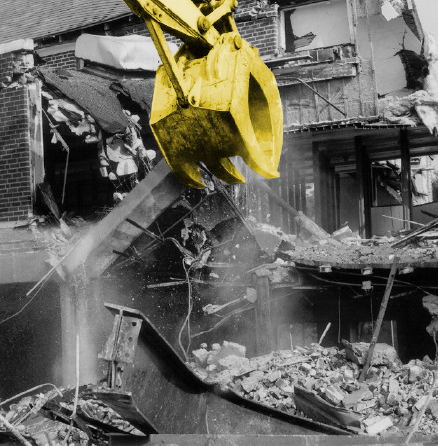ACT pushes back on public housing protection
 The ACT Government wants to knock down and rebuild Canberra public housing, but has hit a hitch.
The ACT Government wants to knock down and rebuild Canberra public housing, but has hit a hitch.
A large portion of the flats to be demolished are so old that they have been granted heritage listing.
The ACT Heritage Council has listed half of the public housing at a site on Northbourne Avenue, where the buildings date from the nineteen-fifties and -sixties.
The council considers the flats to be an important and historic example of post-war international architectural style.
Chief Minister Andrew Barr says the Northbourne flats along with 10 other public housing developments should make room for better buildings.
Barr’s vision for public housing renewal would see 1,288 dated units replaced with new accommodation on the same site or with new units elsewhere in the city.
The demolition of public housing will coincidentally clear up some space for the Capital Metro light rail project.
The ACT Government says it will pay for the big projects with $2.5 billion from its existing budget allocations for infrastructure over the next four years.
“We are unlocking the value of a number of estates in a number of different locations,” Mr Barr said.
“Those that are principally focused on the Northbourne Avenue corridor can also make a contribution to the Capital Metro project. Those in other locations can make that contribution too, but also to the renewed housing stock across the city.
“I respect the Heritage Council's views but they're not absolute, and there are ways and means for the Government to proceed ... The Government is not going to sit by and have this entire area locked up, never to change, because that is an unacceptable outcome.
“I think the Council's got it wrong, frankly.”
ACT Council of Social Services (ACTCOSS) says better accommodation for public housing tenants is more important that heritage listing.
But the group has warned about the lack of consultation for those tenants who will be moved to different suburbs.
Some residents could find themselves in replacement housing options in the suburbs of Chisholm, Monash and Nicholls, where public transport and other vital amenities are much harder to access.
“[Those suburbs have] some good social infrastructure ... but they're very poorly serviced in terms of public transport, and we know that one of the major costs for household is having to keep a car on the road,” ACTCOSS director Susan Helyar said.
“For low income households in public housing, that's a real stretch for them.”








 Print
Print